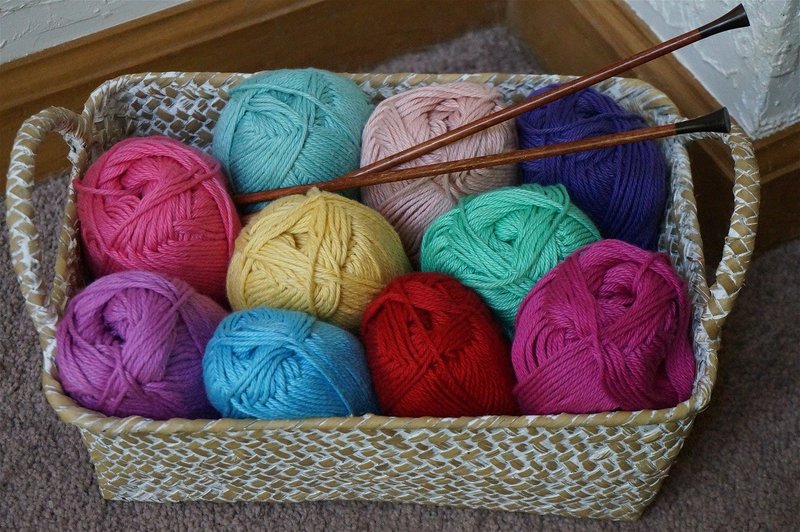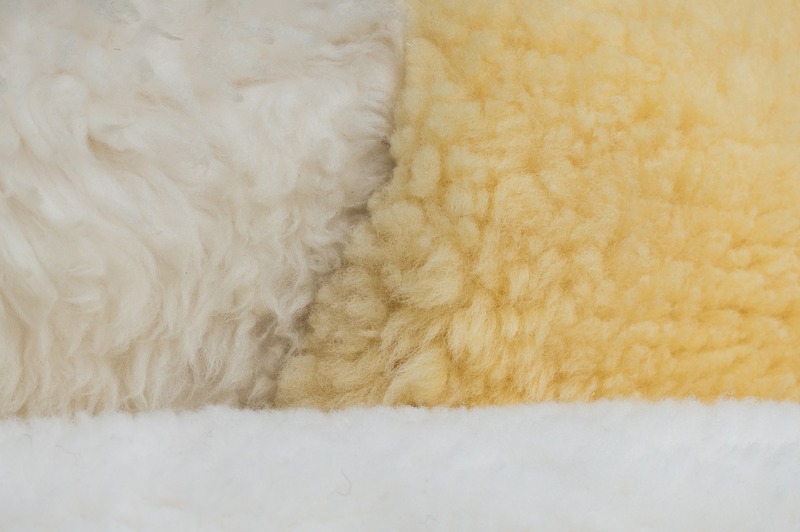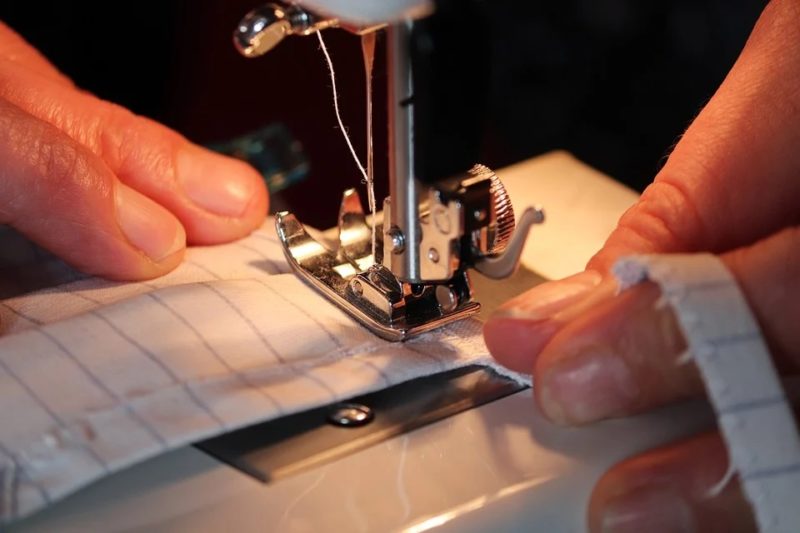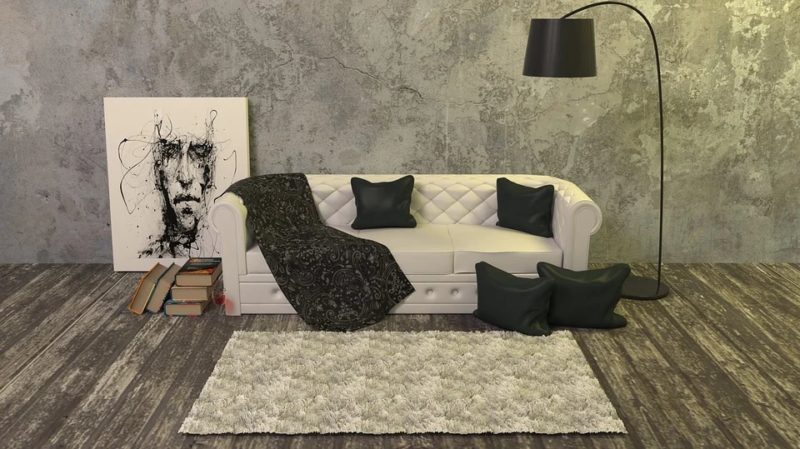There are two known methods on how to make a baby blanket with yarn in the UK.

You can either crochet it or knit it, depending on your personal preference.
Though, no matter which method you go for, you will still be pouring hard work, dedication, and love into it.
There is something special in knowing that your handiwork helps keep your baby warm and comfortable.
Before making it, though, you must know the proper size, how many yarns you will need, and what type of yarn you should be using.
How To Make A Baby Blanket With Yarn
If you are looking to make a baby blanket using yarn but are a bit lost on how you should to do it, you can go for either of these 2 methods;
Method #1. Crocheting
- Step #1. Plan the baby blanket. That includes deciding on the size, choosing the yarn, and picking a hook.
- Step #2. Know what stitches you will be using. There are several crochet stitches and techniques you can choose from, some more complex than others.
- Step #3. Make the starting chain, which is the foundation of the whole blanket.
- Step #4. Learn to either single or double crochet.
- Step #5. Start the blanket with the foundation chain. While working, stop now and then to check if the chain is not twisted.
- Step #6. Crochet the first row. Start off with the second chain from the hook, work single or double crochet stitches along your starting chain.
- Step #7. Make the turning chain and start crocheting the second row.
- Step #8. Continue on crocheting until you reached the number of rows you are aiming for.
Method #2. Knitting
- Step #1. Start planning your baby blanket. Decide on the size, yarn, knitting needle. For the needle, circular ones work pretty well for baby blankets.
- Step #2. Create a slipknot and put it on your right-hand needle.
Loop the yarn strands around the index and middle finger twice and pull the first loop through the second one.
Pull the tail to tighten it.
- Step #3. Cast on about 133 stitches. Work on both strands at once. Loop the working yarn around the left-hand needle’s end.
Into the loop, insert your right-hand needle. Now, you can pull the yarn through the loop on your left-hand needle.
- Step #4. Knit across the rows to work it in the garter stitch. This stitch is simple and easy to operate, perfect for beginners.
Though, you are free to use other stitches.
- Step #5. Work across your rows using a specialty stitch to make a more intricate and complex-looking blanket.
You can try waffle, rice, bamboo, seed, or brioche stitch.
- Step #6. To create stripes, you can change up the color every 10 colors.
- Step #7. Continue until you reach the size you want.
- Step #8. Finish up the blanket by binding the last row. Tie off the last stitch and then weave the end with a needle.
Cut a satin border to cover the blanket’ parameter and pin it in place.
How Big Is A Baby Blanket?
There are various sizes of baby blankets. It all falls on the purpose and use of the blanket.
A newborn baby blanket is usually around the size of 30” x 30”.
A crib blanket can range from 36” x 54” up to 45” x 60”. One of the biggest is the Swaddle Blanket which is about 40” x 40” up to 48” x 48”.
How Many Balls Of Yarn To Make A Baby Blanket?
It depends on the size of the baby blanket and the yarn you are using.
A small blanket fit for an infant can use up to 1 to 3 skeins of yarn, while a bigger baby blanket might need about 3 to 7 skeins to complete.
To have a more accurate answer, you can manually calculate it.
Just divide the yards you need by the yards per ball, which you can determine through the yarn’s label.
What Type of Yarn Should I Use For A Baby Blanket?
As the name implies, baby blankets are for babies, which means that they must be tailored and made for the comfort of a baby.
Baby blankets must be easy to care for and are soft against the baby’s skin. In making one, it is vital to know what type of yarn to use.
Here are some of the best yarn materials to use!
Cotton
Cotton yarns are primarily cool and crisp, which would put your mind at ease when you are worried about your baby overheating.
This yarn is also durable and easy to care for. It is also soft and would be perfect for babies with sensitive skin.
Polyester/Acrylics
If you are looking for yarns that are easy to care for, these would be the top choices. They are washable by machine and would hold up well.
Most of these yarns are not scratchy and are also friendly to the baby’s sensitive skin.
Conclusion
Baby blankets are a good project for novice and beginner knitters or crocheters in the UK. It is the perfect gift to give your baby or a friend with one.
The method you used on how to make a baby with a yarn doesn’t matter, as long as the baby who will use it is happy, warm, and cuddled!









